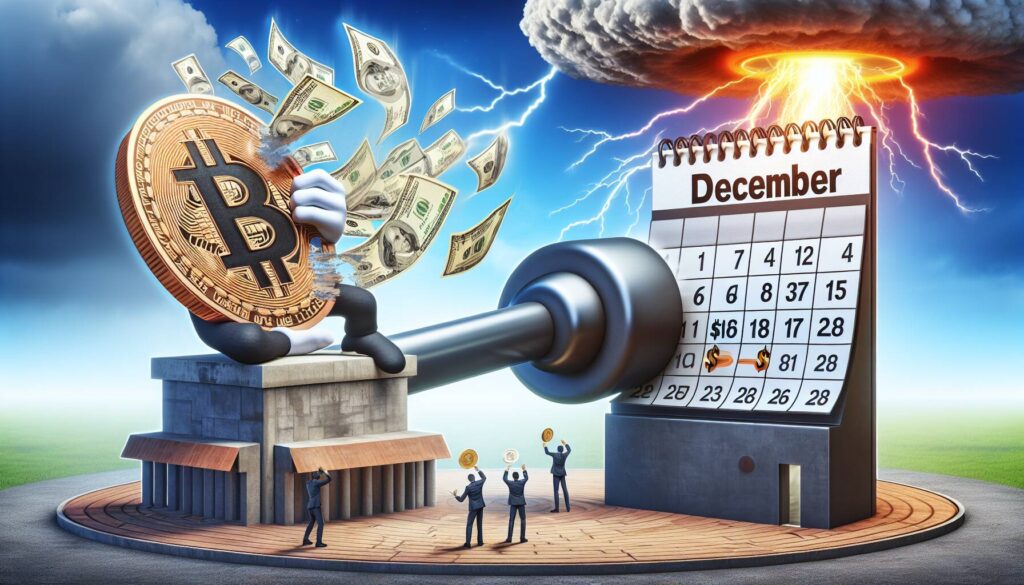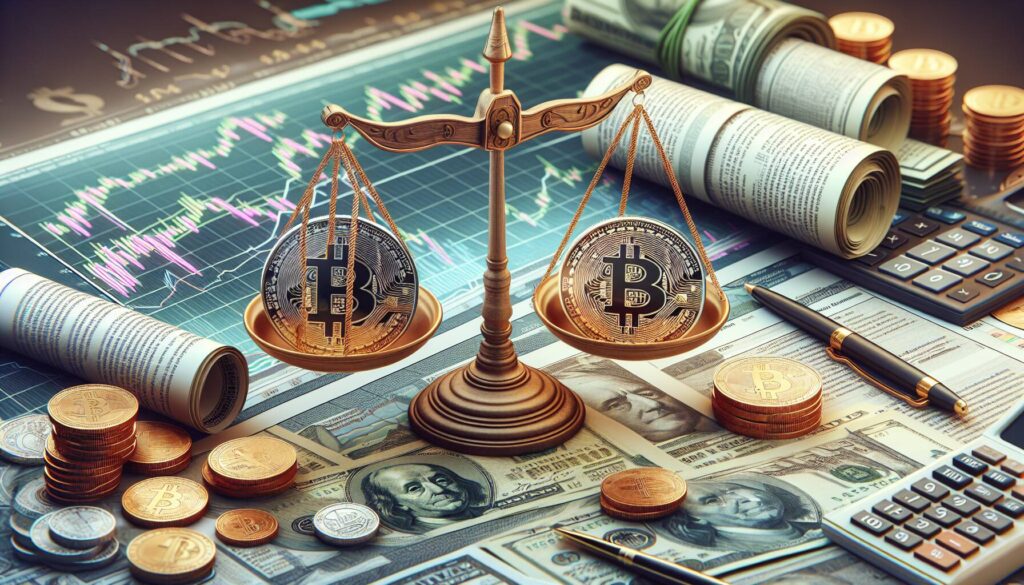The cryptocurrency market is currently experiencing a significant shakeup, highlighted by a noteworthy surge in trading volume. This uptick signifies heightened interest among traders, driving noticeable activity across various digital assets. Increased volatility is a key feature of this recent market landscape, indicating that price movements have become more unpredictable, catching the attention of both seasoned investors and newcomers alike.
As the market fluctuates, technical analysis is unveiling some bearish signals, suggesting that the current downturn may not be over just yet. These indicators could imply further challenges ahead for cryptocurrencies, as traders navigate this turbulent environment. The interplay of rising volumes and shifting market sentiments illustrates a landscape that is both dynamic and fraught with uncertainty.
Indeed, the ongoing developments serve as a reminder of the cryptocurrency market’s inherent volatility and the importance of staying informed amidst constant change.
With experts keeping a watchful eye on these trends, the future of the market remains a hot topic of discussion as participants brace for what lies ahead.

Impact of Increased Trading Volume and Bearish Signals
The current market conditions indicate significant changes that could affect investors and traders. Below are the key points to consider:
- Surge in Trading Volume:
- Increased trading volume often signifies heightened interest and activity in the market.
- This could lead to rapid price movements, impacting investment strategies.
- Increased Volatility:
- Higher volatility can create opportunities for profit but also greater risks for losses.
- Investors need to adjust their risk management strategies accordingly.
- Bearish Signals from Technical Analysis:
- Technical indicators suggest potential downturns, which may lead to decreased market confidence.
- Investors might reconsider holding positions or look for short-selling opportunities.
- Potential for Extended Downturn:
- Prolonged downturns may impact long-term investment plans.
- Traders may need to be more vigilant about market trends and signals.
Understanding these dynamics is crucial for making informed investment decisions in the current market climate.
Analyzing the Surge in Trading Volume Amid Increased Volatility
The recent uptick in trading volume highlights a noteworthy trend in the financial markets, marked by heightened volatility. This spike not only indicates active market participation but also raises concerns among investors, as technical analysis points towards bearish signals. Such signals could further exacerbate the existing downturn, potentially affecting various stakeholders.
Compared to similar trends in the industry, this particular increase in trading volume offers both competitive advantages and disadvantages. On one hand, it can attract high-frequency traders and day traders looking to capitalize on rapid price movements. These traders thrive in volatile environments, allowing them to execute numerous trades that can lead to significant profits in a short span. On the other hand, the bearish indicators could deter long-term investors who prefer stable market conditions, as they may choose to withdraw or hold off on new investments until the market shows signs of recovery.
This situation could be particularly beneficial for risk-tolerant investors and speculators eager to take advantage of potential price swings. Conversely, it creates a challenging environment for conservative investors or those close to retirement who are seeking to preserve capital. Additionally, the heightened volatility could lead to broader market corrections, impacting not just individual portfolios but also the overall economic landscape.
In this rapidly evolving scenario, those who are well-versed in technical analysis may find themselves at an advantage, while novice investors could struggle to navigate such turbulent waters. Ultimately, the current market dynamics represent both opportunity and risk, shaping the strategies for different players in the financial sector.














